Automatic Rain Sensing Car Wiper
Automatic Rain Sensing Car Wiper 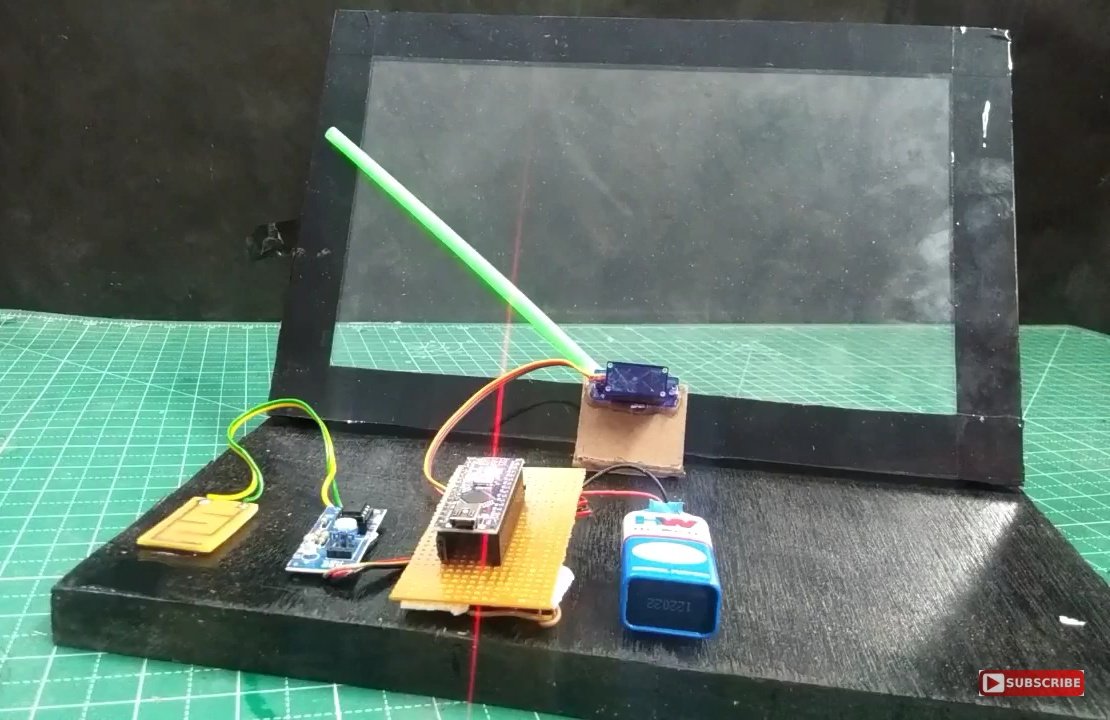
As the name suggests the automatic rain sensing wiper senses the rain or fall of water over the targeted area and the wiper starts working without us having to start and stop it again and again. This is a modified version of the normal rain wipers present in car with similar working, but this version is accurate and energy saver as it knows when the window needs wiping and what should be the frequency of its movement to provide better results.
How does it work?
The working of this system is pretty simple. As soon as water droplets are introduced to the system, it conducts electricity and connects the flow of current in the open circuit of wiper system. The system senses this presence of water and conveys this to the microcontroller Arduino NANO .The microcontroller then processes the data and guides the servo motor to start and move the wiper as per the need. Here we use IR sensors along with the rain sensor to make the connection work.

Step 1: Collecting the Components required for this project.
- ARDUINO NANO MICROCONTROLLER
- RAIN SENSOR
- IR SENSOR MODULE
- SERVO MOTOR
- 9V BATTERY
- BATTERY CAP
- Wires
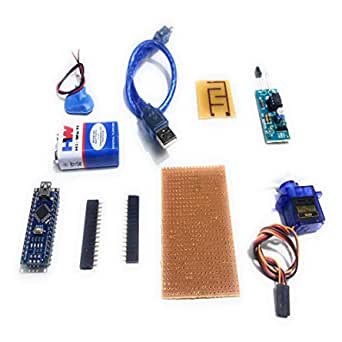
You can buy all these components with instructions by clicking here.
Step 2: Assembling the Components – Circuit Design
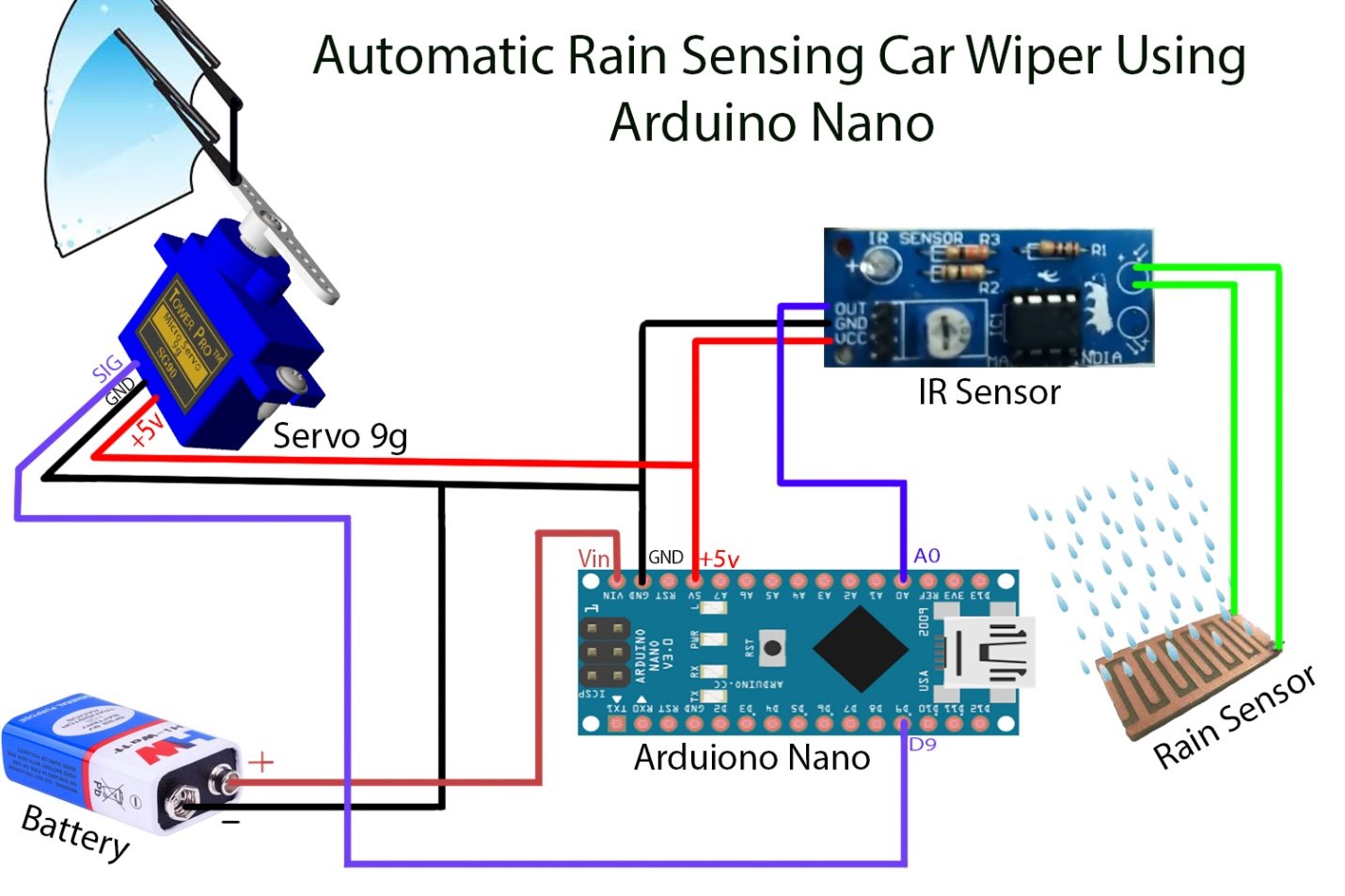
Connect all the components with the required wires as shown in the above diagram
Step 3: Uploading the Code in the microcontroller
- Connect the Arduino UNO to PC or laptop with given USB cable.
- Open Arduino IDE or download it from here
- Go to tools> Board:> and select Arduino NANO
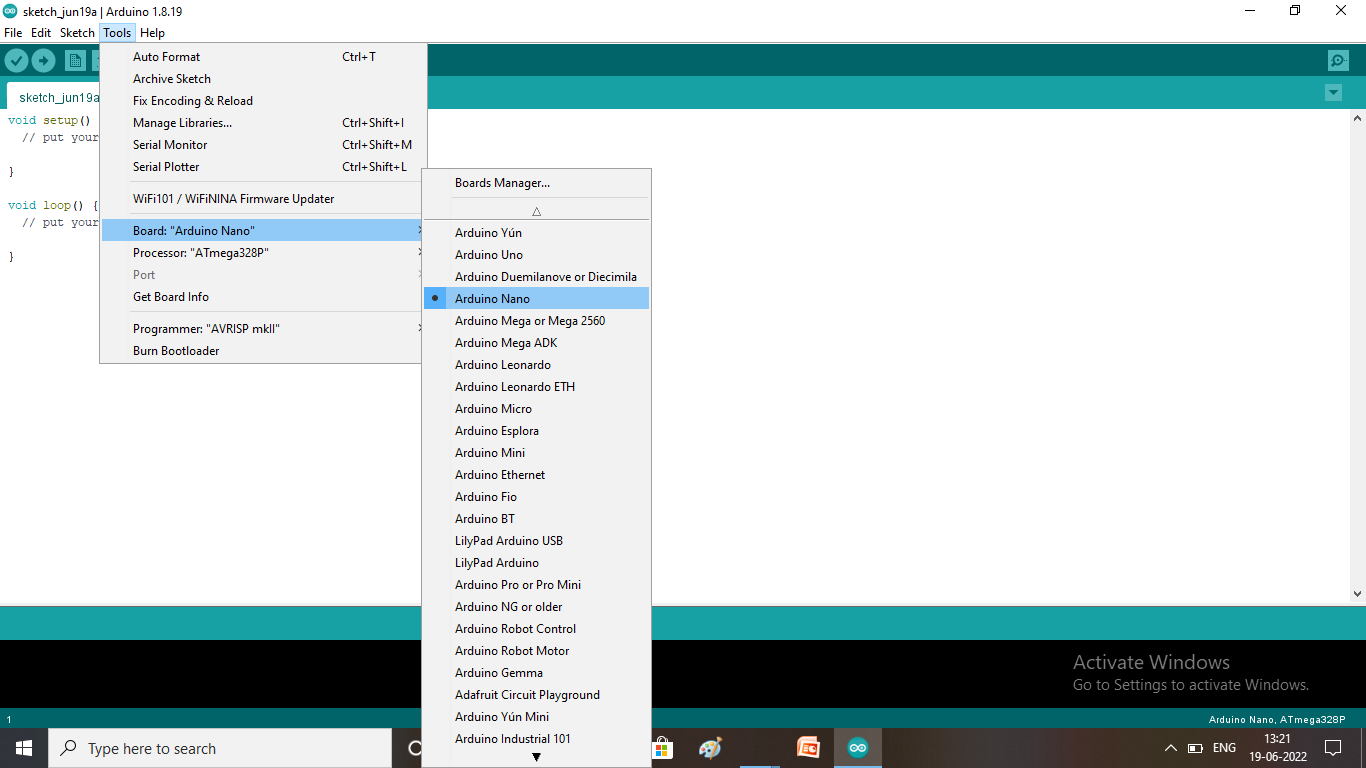
- Select TOOL> PORT> COM port
Note that the port option will not be active until you connect Arduino with your laptop
If you have connected the Arduino and it is still not active then you might want to check your driver, use CH340 for Arduino
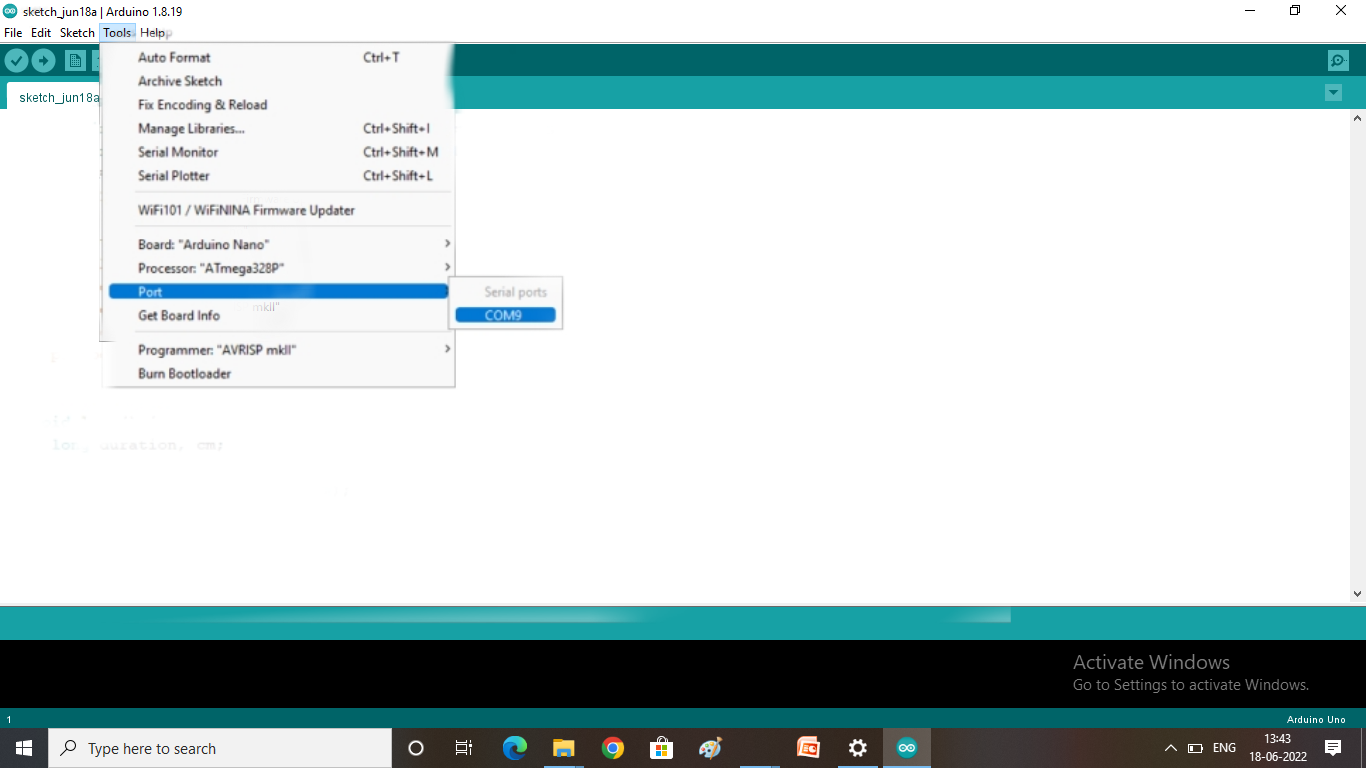
- Copy and paste the code given below in the Arduino IDE and hit Upload
#include <Servo.h>
Servo myservo;
int pos = 0;
void setup() {
myservo.attach(9);
}
void loop() {
int sensorValue = analogRead(A0);
if (sensorValue> 570)
{
for (pos = 0; pos<= 160; pos += 1) {
// in steps of 1 degree
myservo.write(pos);
delay(7);
}
for (pos = 160; pos>= 0; pos -= 1) {
myservo.write(pos);
delay(7);
}
}
else {
myservo.write(15);
}
}
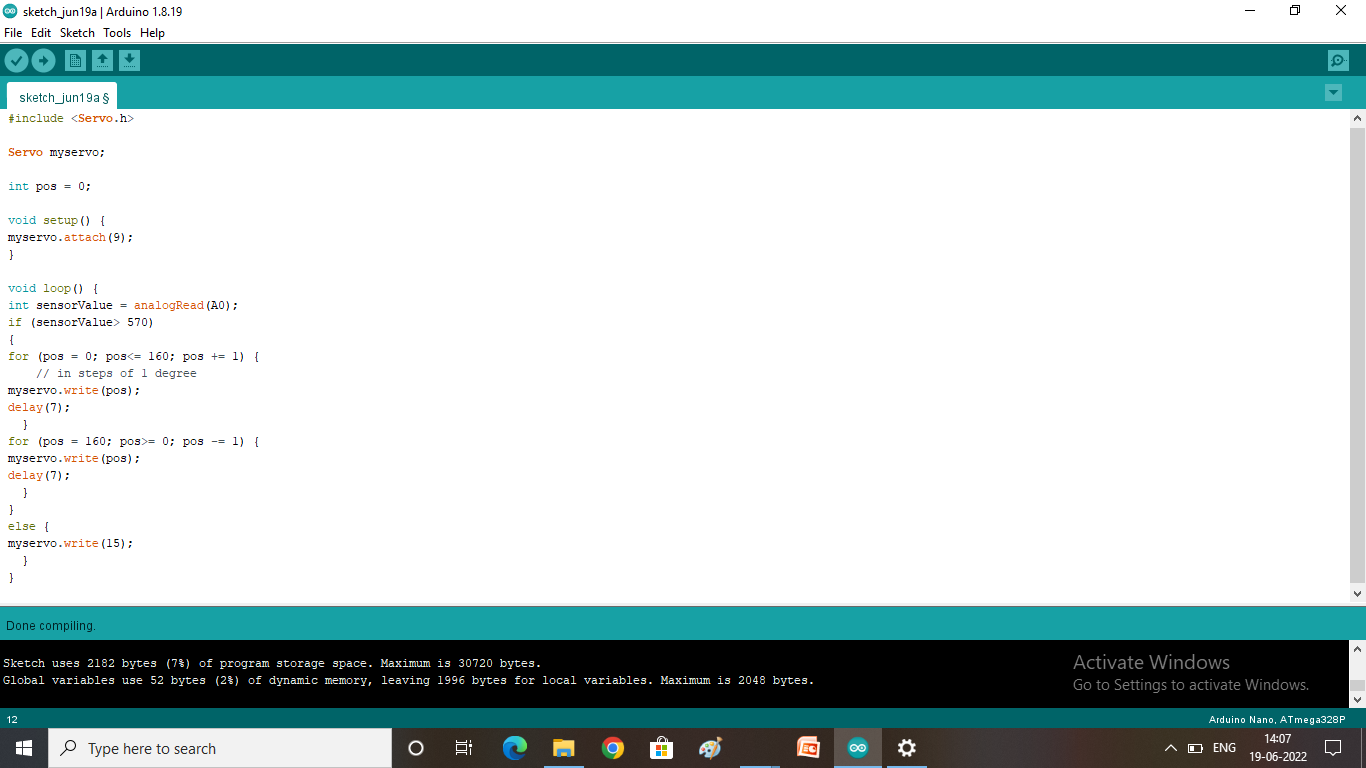
FINAL PROJECT
If you want to buy this handmade project, with complete project synopsis for yourself click here
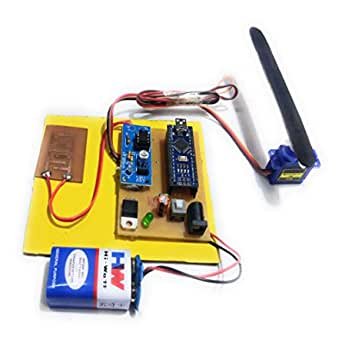
Thank you for learning with us. We hope all the steps and details are easy to understand. You can try to make your own project by watching this easy tutorial video.
If you want to buy this handmade project, with complete project synopsis for yourself click here to buy
And that’s it. Thanks for learning with SR Robotics if you have any doubts or query you can contact us with the help of links given below.
For more Robotics projects, join our SR Robotics community
 To buy more kits, visit our website
To buy more kits, visit our website
Check more on our website
![]()
Subscribe SR Robotics channel on YouTube and keep learning

Get all latest update on our telegram


